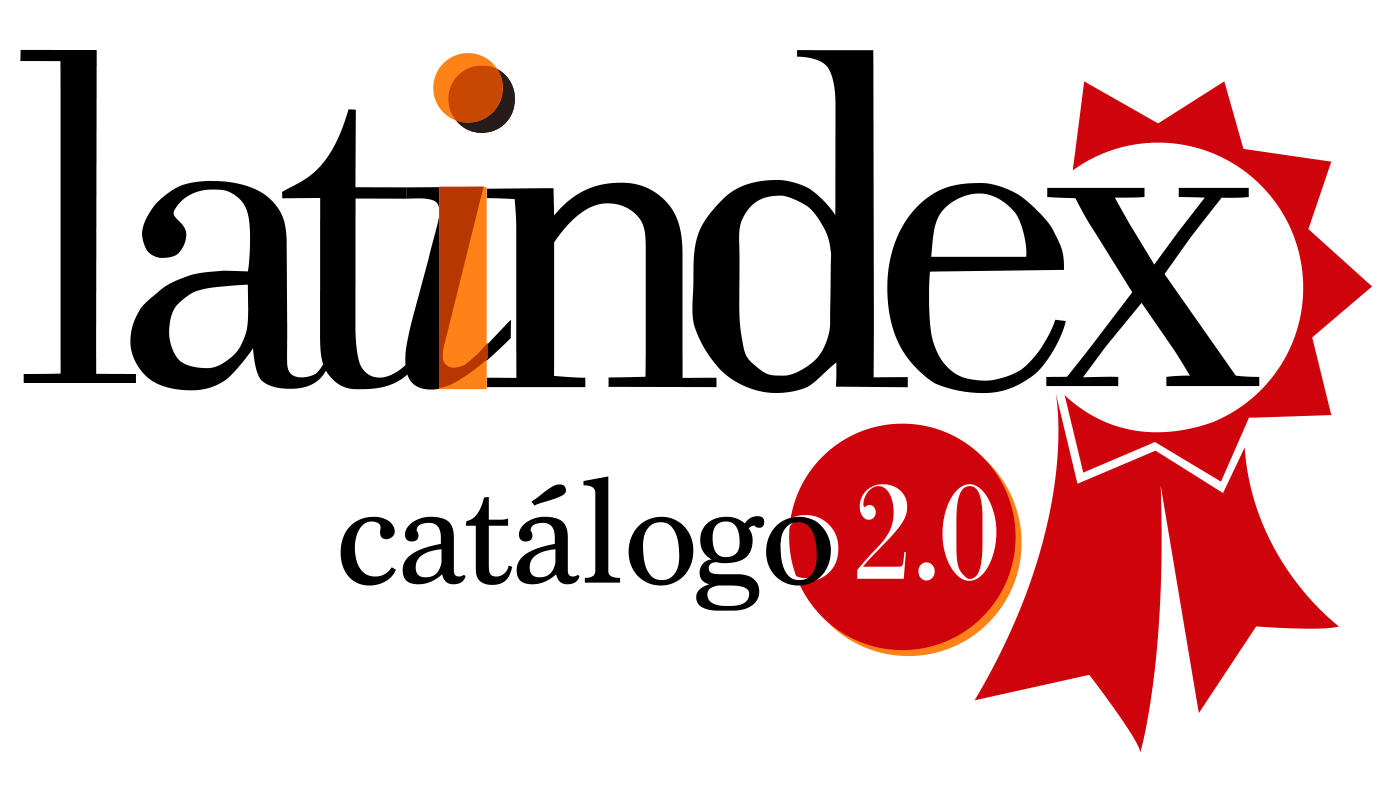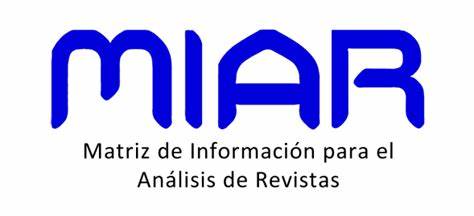Effects of physical exercise on functional capacity in hemodialysis patients. A systematic review
DOI:
https://doi.org/10.54502/msuceva.v2n1a6Palabras clave:
Chronic kidney disease, Functional Capacity, Hemodialysis, Intradialytic training protocols, Physical exerciseResumen
The aim of this study was to conduct a systematic review in order to evaluate the main effects of intradialytic physical exercise on different parameters of functional capacity in dialytic patients. The clinical question that guided the objective of this study was developed using the PICO method (Population, Intervention, Comparation and Outcome)." Where i) population: patients on hemodialysis; ii) intervention: physical exercise; iii) comparison: active vs sedentary patients; and iv) outcome: functional capacity. The combinations of the following keywords were used: CKD, physical exercise, exercise, physical training and hemodialysis. The selection of studies was performed using the PubMed database and only studies dating from 2011 to 2021 were selected. The search results led to 53 studies. The following steps were carefully analyzed, such as the title, abstract and the full paper description to evaluate whether they met the following inclusion criteria: i) target audience of the studies should be patients on hemodialysis; ii) outcomes that analyze different parameters of functional capacity; iii) Intervention using physical exercise; and iii) intradialytic exercise. The final results indicate that intradialytic physical exercise can cause significant changes in the evaluated outcomes of functional capacity, such as increased strength, improvement of cardiorespiratory function, and improvement of locomotor activity. It was concluded that intradialytic training protocols should be encouraged in clinical practices because they are responsible for causing beneficial changes in the functional capacity of hemodialytic patients.
Descargas
Métricas
Citas
Kidney disease: Improving global outcomes (KDIGO) CKD work group. KDIGO 2012 clinical practice guideline for the evaluation and management of chronic kidney disease. Kidney inter., Suppl. 2013; 3: 1–150.
Johansen KL, Painter P. Exercise in individuals with CKD. Am J Kidney Dis 2012;59:126–34. https://doi.org/10.1053/j.ajkd.2011.10.008 DOI: https://doi.org/10.1053/j.ajkd.2011.10.008
Lopes AA, Lantz B, Morgenstern H, Wang M, Bieber BA, Gillespie BW, et al. Associations of self-reported physical activity types and levels with quality of life, depression symptoms, and mortality in hemodialysis patients: the DOPPS. Clin J Am Soc Nephrol 2014;9:1702–12. https://doi.org/10.2215/CJN.12371213 DOI: https://doi.org/10.2215/CJN.12371213
Am O, K T, P B, Kl J. Decreased survival among sedentary patients undergoing dialysis: results from the dialysis morbidity and mortality study wave 2. American Journal of Kidney Diseases : The Official Journal of the National Kidney Foundation 2003;41. . DOI: https://doi.org/10.1053/ajkd.2003.50055
https://doi.org/10.1053/ajkd.2003.50055
Wang XH, Mitch WE. Mechanisms of muscle wasting in chronic kidney disease. Nat Rev Nephrol 2014;10:504–16. https://doi.org/10.1038/nrneph.2014.112 DOI: https://doi.org/10.1038/nrneph.2014.112
Exel AL, Lima PS, Urtado CB, Dibai-Filho AV, Vilanova CL, Sabino EFP, et al. Effectiveness of a resistance exercise program for lower limbs in chronic renal patients on hemodialysis: A randomized controlled trial. Hemodial Int 2021. https://doi.org/10.1111/hdi.12918 DOI: https://doi.org/10.1111/hdi.12918
Anding K, Bär T, Trojniak-Hennig J, Kuchinke S, Krause R, Rost JM, et al. A structured exercise programme during haemodialysis for patients with chronic kidney disease: clinical benefit and long-term adherence. BMJ Open 2015;5:e008709. DOI: https://doi.org/10.1136/bmjopen-2015-008709
https://doi.org/10.1136/bmjopen-2015-008709
Parsons TL, Toffelmire EB, King-VanVlack CE. Exercise training during hemodialysis improves dialysis efficacy and physical performance. Arch Phys Med Rehabil 2006;87:680–7. https://doi.org/10.1016/j.apmr.2005.12.044 DOI: https://doi.org/10.1016/j.apmr.2005.12.044
Hannan M, Bronas UG. Barriers to exercise for patients with renal disease: an integrative review. J Nephrol 2017;30:729–41. https://doi.org/10.1007/s40620-017-0420-z DOI: https://doi.org/10.1007/s40620-017-0420-z
Cheema BS, Chan D, Fahey P, Atlantis E. Effect of progressive resistance training on measures of skeletal muscle hypertrophy, muscular strength and health-related quality of life in patients with chronic kidney disease: A systematic review and meta-analysis. Sports Med 2014;44:1125–38. https://doi.org/10.1007/s40279-014-0176-8 DOI: https://doi.org/10.1007/s40279-014-0176-8
Sampaio R, Mancini M. Estudos de revisão sistemática: um guia para síntese criteriosa da evidência científica. Rev Bras Fisioter 2007;11:83–9. https://doi.org/10.1590/S1413-35552007000100013 DOI: https://doi.org/10.1590/S1413-35552007000100013
Downs SH, Black N. The feasibility of creating a checklist for the assessment of the methodological quality both of randomised and non-randomised studies of health care interventions. J Epidemiol Community Health 1998;52:377–84. https://doi.org/10.1136/jech.52.6.377 DOI: https://doi.org/10.1136/jech.52.6.377
Sovatzidis A, Chatzinikolaou A, Fatouros IG, Panagoutsos S, Draganidis D, Nikolaidou E, et al. Intradialytic cardiovascular exercise training alters redox status, reduces inflammation and improves physical performance in patients with chronic kidney disease. Antioxidants (Basel) 2020;9:E868. https://doi.org/10.3390/antiox9090868 DOI: https://doi.org/10.3390/antiox9090868
Silva SF da, Pereira AA, Silva WAH da, Simôes R, Barros Neto J de R. Physical therapy during hemodialyse in patients with chronic kidney disease. J Bras Nefrol 2013;35:170–6. https://doi.org/10.5935/0101-2800.20130028 DOI: https://doi.org/10.5935/0101-2800.20130028
Groussard C, Rouchon-Isnard M, Coutard C, Romain F, Malardé L, Lemoine-Morel S, et al. Beneficial effects of an intradialytic cycling training program in patients with end-stage kidney disease. Appl Physiol Nutr Metab 2015;40:550–6. https://doi.org/10.1139/apnm-2014-0357 DOI: https://doi.org/10.1139/apnm-2014-0357
Torres E, Aragoncillo I, Moreno J, Vega A, Abad S, García-Prieto A, et al. Exercise training during hemodialysis sessions: Physical and biochemical benefits. Ther Apher Dial 2020;24:648–54. https://doi.org/10.1111/1744-9987.13469 DOI: https://doi.org/10.1111/1744-9987.13469
Castro APA de, Barbosa SR, Mansur HN, Ezequiel DGA, Costa MB, Paula RB de. Intradialytic resistance training: an effective and easy-to-execute strategy. J Bras Nefrol 2018;41:215–23. https://doi.org/10.1590/2175-8239-jbn-2018-0134 DOI: https://doi.org/10.1590/2175-8239-jbn-2018-0134
Moore GE, Painter PL, Brinker KR, Stray-Gundersen J, Mitchell JH. Cardiovascular response to submaximal stationary cycling during hemodialysis. Am J Kidney Dis 1998;31:631–7. https://doi.org/10.1053/ajkd.1998.v31.pm9531179 DOI: https://doi.org/10.1053/ajkd.1998.v31.pm9531179
Storer TW, Casaburi R, Sawelson S, Kopple JD. Endurance exercise training during haemodialysis improves strength, power, fatigability and physical performance in maintenance haemodialysis patients. Nephrol Dial Transplant 2005;20:1429–37. https://doi.org/10.1093/ndt/gfh784 DOI: https://doi.org/10.1093/ndt/gfh784
Wu Y, He Q, Yin X, He Q, Cao S, Ying G. Effect of individualized exercise during maintenance haemodialysis on exercise capacity and health-related quality of life in patients with uraemia. J Int Med Res 2014;42:718–27. https://doi.org/10.1177/0300060513509037 DOI: https://doi.org/10.1177/0300060513509037
Piepoli MF, Guazzi M, Boriani G, Cicoira M, Corrà U, Dalla Libera L, et al. Exercise intolerance in chronic heart failure: mechanisms and therapies. Part II. Eur J Cardiovasc Prev Rehabil 2010;17:643–8. https://doi.org/10.1097/HJR.0b013e32833f3aa5 DOI: https://doi.org/10.1097/HJR.0b013e32833f3aa5
Peres A, Perotto DL, Dorneles GP, Fuhro MIS, Monteiro MB. Effects of intradialytic exercise on systemic cytokine in patients with chronic kidney disease. Ren Fail 2015;37:1430–4. https://doi.org/10.3109/0886022X.2015.1074473 DOI: https://doi.org/10.3109/0886022X.2015.1074473
Viana JL, Kosmadakis GC, Watson EL, Bevington A, Feehally J, Bishop NC, et al. Evidence for Anti-Inflammatory Effects of Exercise in CKD. Journal of the American Society of Nephrology 2014;25:2121–30. https://doi.org/10.1681/ASN.2013070702 DOI: https://doi.org/10.1681/ASN.2013070702

Descargas
Publicado
Cómo citar
Número
Sección
Licencia
Derechos de autor 2022 Ruy Barbosa MA, Santos EP, Pereira G, Arioni ST, Santos TCO, Pereira RL

Esta obra está bajo una licencia internacional Creative Commons Atribución-NoComercial-SinDerivadas 4.0.
Magna Scientia UCEVA proporciona un acceso abierto, libre y gratuito a su contenido, basado en el principio de que ofrecer al público un acceso libre a las investigaciones, ayuda a un mayor intercambio global del conocimiento. Lo cual, implica que los usuarios pueden leer, descargar, almacenar, imprimir, buscar, indexar y realizar enlaces a los textos completos de esta revista. Se permite distribuir los diversos artículos en las versiones post-print y oficial, sin previo permiso del autor o editor, considerando que el fin de este, no implica fines comerciales, ni la generación de obras derivadas; Solo se solicita la mención de la fuente así como la autoría. El titular del copyright será el o los autores que publiquen en Magna Scientia UCEVA.
Magna Scientia UCEVA está distribuida bajo los términos de la licencia https://creativecommons.org/licenses/by-nc-nd/4.0/deed.es




















